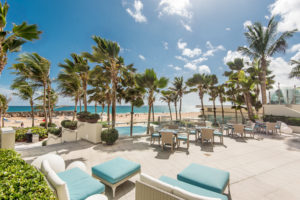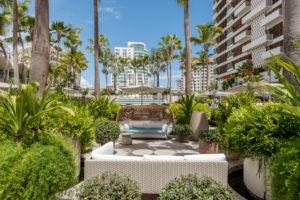
Holiday Traditions of Puerto Rico
December 7, 2018Puerto Rico is able to transform into every tourist’s ideal location at any time of the year. One of the greatest times of the year to visit the island is during the holiday season. Accompanied by a breezy 75-85°F weather, no place has a longer and more diverse holiday season than we do in Puerto Rico. Check out these facts:
A THREE MONTH SEASON
Before Thanksgiving, the decorations start to go up! That is the general rule of Puerto Rico’s holiday decor. Some businesses are widely known for having Christmas decorations all year round and Christmas trees displayed throughout in preparation for the next season to come.
The holiday season ends in January. This month starts off with the Three Kings Day and ends with the Octavitas, the eight days after the Three Kings Day. Visitors extending their stay enjoy the massive cultural and musical events associated with Las Fiestas de la Calle San Sebastián which takes place in mid-January.
HOLIDAY PARTIES
In cold weather, bundling up and going house to house and singing Christmas Carols is a tradition for some. The Puerto Rican version of this is a parranda. These parrandas occur throughout Christmas and in particular on Nochebuena, also known as Christmas Eve. Latino versions of Christmas carols can last until sunrise with live music, food, and traditional Spanish Christmas songs.
FOOD
The holiday menu in Puerto Rico includes the staple of arroz con gandules, which is rice and green pigeon peas. This is accompanied with pernil,which is roasted pork, and pasteles, which are our version of tamales made up of green bananas, usually filled with pork. For dessert, there are guava pastries and flan, a custard dessert.
DRINKS
Hot cocoa and apple cider are the winter classics to combat the cold weather. In Puerto Rico we consume coquito, a coconut drink served cold and topped with cinnamon sticks. This drink is iconic to Puerto Rico and around the globe many have tried to replicate the “perfect coquito recipe”.
DIVERSITY
Christmas is widely celebrated on the island, but Hanukkah is also celebrated and cherished in the Puerto Rican Jewish community. For example, there are traditional Puerto Rican Hanukkah dishes such as Fish with Mojo Isleño, which is usually a snapper seasoned with a specialty sauce of onions, garlic, peppers, and red wine vinegar.
Learn more about Puerto Rico and check out some of our tours by visiting https://www.vamonostours.com/destination/puerto-rico/ .
Hamilton in Puerto Rico Tour Special
November 9, 2018America’s hottest historical musical is coming to Puerto Rico!
Lin-Manuel Miranda will reprise his starring role as Alexander Hamilton for 24 performances from January 8-27, 2019 in San Juan, Puerto Rico. Vamonos is honored to offer a 4-day Hamilton tour package featuring history, culture, entertainment, and adventure. This special package offers Hamilton orchestra quality seating, 3 nights in the luxurious La Concha Resort, 6 meals, airport and hotel transportation, guided tours and filtered water daily.
Alexander Hamilton’s Caribbean roots will come alive in Puerto Rico as it intermingles with our culture, people, and history.
The highlights of the tour include:
- HAMILTON orchestra quality seating
- VIP history-filled sailing trip
- Afro-Caribbean heritage experience
- Tropical rainforest excursion
- Old San Juan walking tour
- Bomba & salsa workshop
- Visit local art studio
- Spanish paella night
- University of Puerto Rico visit
- Santurce farmers’ market and street murals
- La Perla iconic neighborhood
- and much more…
This package has been approved by the Puerto Rico Tourism Company and HAMILTON. We are honored to be one of the trusted companies to sell this expertly guided tour package.
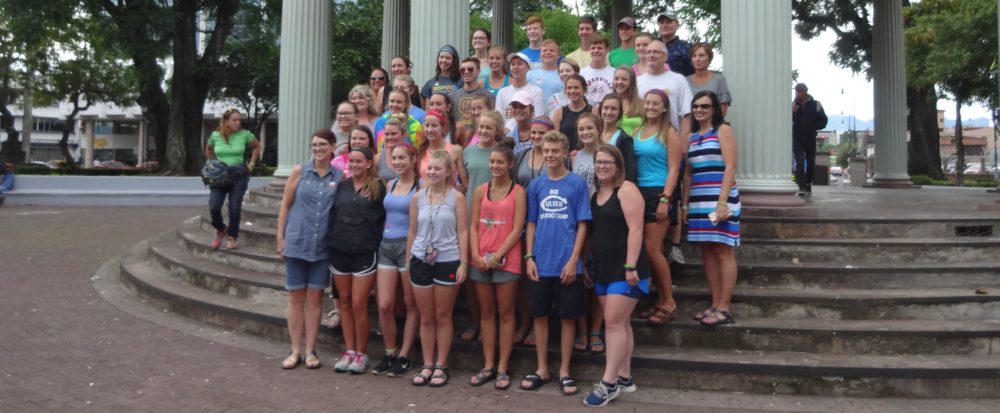
Why should You Travel With Your Students?
July 12, 2018After a recent class trip to Costa Rica, group leader JJ Epperson of Gibson Southern High School in Indiana wrote a great blog post for why you should travel with your students. If you are considering a school trip with your students, this blog is a must read. It will encourage you and have you fired up to plan that next class trip!
Why You Should Travel With Your Students

10 cool tips to make the most out of your service-learning experience
May 17, 2018By Esther Riddle
Do you want your service-learning visit to be a memorable one? We have found that when travelers PREPARE activities ON THEIR OWN, the visit goes much smoother and is far more successful.
If your group is willing to serve for one full day or for several days and can supply some materials, we’d love to create a full service-learning project. However, not every group has that much time in their itinerary. Plus, not every local school and/or facility that we visit needs a specific type of service such as painting, gardening, cleaning, or stocking shelves.
Often times, what goes a long way in the minds and hearts of both students and those that they are serving is quality PEOPLE to PEOPLE time and exchange of ideas. Challenge students to connect with 2-3 people individually and think about what they could say to encourage or invest in their lives.
The students that we tend to serve are from underprivileged low-income communities. Many of them have never traveled abroad. However, that doesn’t stop them from being curious and from wanting to expand their knowledge of the world and of different cultures.
Here are 10 great service suggestions for teachers and students:
- POWER POINT PRESENTATION – Encourage students to put together a power point presentation about their school, their country, culture, or about a favorite sport. They may also want to bring out how they celebrate holidays, what they do on weekends, their favorite foods, etc. Let them be creative!
- ICE BREAKER GAMES – Come with an “ice breaker” game so students can get to know each other! You can find many ideas for these online.
- SHORT PLAY– Come prepared to act out a short play. Once again, give your students the liberty to get creative.
- SONGS / DANCE – Share a song or dance with those that you are visiting. It could be in their language or yours…or both!
- PEN PALS – When visiting, encourage the students to swap their contact information or social media pages so they can build lasting friendships.
- BOOKS – Each of your students can donate and read an age appropriate book to a student they visit. Have them write their well wishes in the flyleaf!
- HOBBIES – Encourage your students to introduce themselves and talk about their hobbies. They are welcome to bring along pictures!
- CRAFTING – If you’d like, bring along supplies to do a craft together. Be sure the activity is age appropriate and the supplies will be allowed on the plane.
- LOCAL TREATS – Have your students bring along a treat that is special to their hometown or state to share. For example, hot pepper jam is unique to Lancaster County, PA. It’s something that not too many of the kids there have sampled to be sure!
- SPORTS – Participate in local sports and recreational activities with students such as playing soccer, volleyball, jump rope, playing cards, etc. Introduce locals to a sport they’ve probably never played before.
Qué Guay Medford High!
May 16, 2018Back in February, Medford High School had a chance to take a trip to Spain to practice their Spanish. Find out all about their experience by reading the article. The link is below.
MHS Students Explore Madrid and Barcelona by Sebastian Tringale MHS Class of 2018
Yesterday’s Power Outage
April 19, 2018Yesterday Puerto Rico experienced an island wide power outage due to an excavator accidentally cutting through a main power line. Some residents in 5 municipalities along with several hospitals have already had their power restored and the rest should see their electricity return within the next 24 hours. The company responsible for yesterday’s outage was also the same company responsible for the power outage that effected several residents last week. The company has since been terminated.
Most hotels and hospitals have massive generators that can power their operations so that service is not interrupted. All the hotels and hospitals we use had powerful generators up and running within a few short minutes so none of our groups were interrupted in their tours. In the mean time workers are trying to restore power to all hospitals first and then all hotels, followed by the rest of the island.
Should Your Tour Operator Be A SYTA Member?
January 3, 2018Absolutely! SYTA (Student & Youth Travel Association) recently wrote an article explaining why teachers and schools should choose a SYTA member tour operator for their school tours. As SYTA members, we are held to very high standards. Through the years, we have had to rescue groups who chose non-member companies based on price and promises that weren’t kept.
Read Full ArticleNew U.S. Travel Warning for Cuba
September 29, 2017On September 29 the U.S. Department of State issued a statement warning U.S. citizens not to travel to Cuba until further notice. Even though travel to Cuba is not illegal under the proper authorized categories of travel, the US ordered the withdrawal of most non emergency U.S. government employees and their families for their safety. You can read about the Cuba travel warning on the US Dept. of State’s website. If anything changes we will keep you posted.
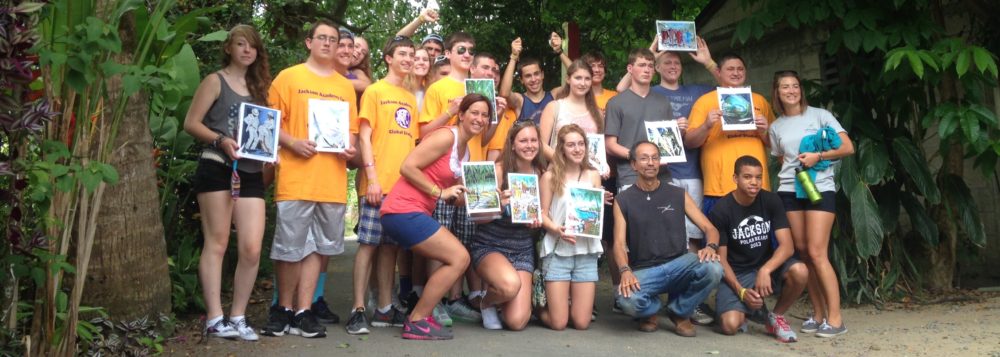
Are Your Souvenirs Authentic?
August 1, 2017We all do it. We go on a trip or vacation and we bring back souvenirs. How often have you given thought to how authentic your souvenirs are? Have you ever considered whether your souvenirs are ethically sourced? Could buying that item cause harm to a country, an economy, an ecosystem, or an endangered species? All these questions are important to consider when purchasing mementos of your trip.
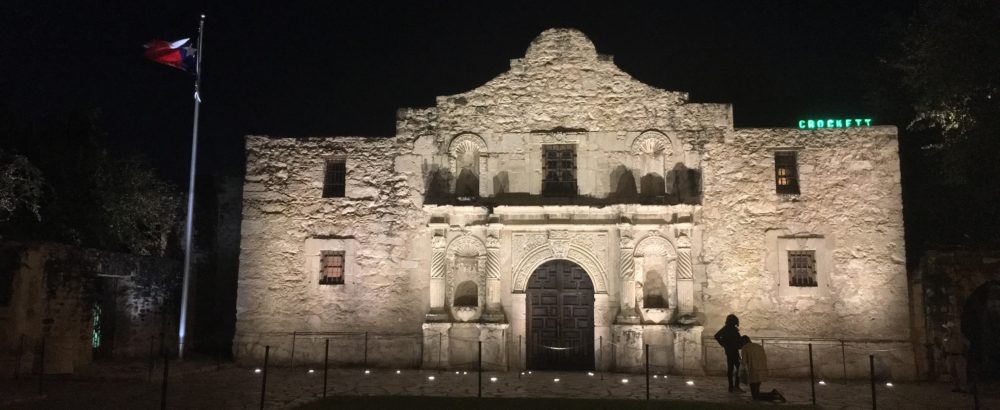
San Antonio’s Native American, Tejano, Spanish, and Mexican Heritage
July 31, 2017San Antonio is an exceptional destination for students and teachers of all ages who want to experience the past and present without leaving the continental US. The city has it all: from speaking Spanish with locals, to trying authentic Native American, Mexican, and Tejano food, to visiting UNESCO World Heritage Sites and learning regional folkloric dances.
Spanish Missions
Not everything is big in Texas! The most visited historic destination by far is the historic Alamo. Interestingly, the first comment most people make is, “It is not as big as I thought.” The Spanish built it as one of their missions in the 1700’s in order to establish their presence.
San Antonio’s missions bring you back to a time and place where the Spanish and Native American cultures blended. Upon seeing the rich Spanish architecture, visitors often feel as if they’ve been transported to Mexico, Guatemala, or Peru. In addition to the Alamo, there are four other missions outside the downtown area. The San Juan Mission and the San Jose Mission are part of the U.S. National Park Service and co-managed by the American Indians in Texas Organization. Vámonos supports the efforts of the American Indians in Texas. Every tour includes interactions with local Native Americans, food tasting, a retelling of history from their perspective, and traditional handcraft workshops.


